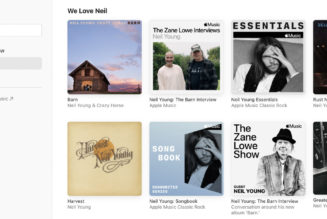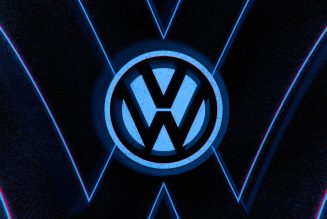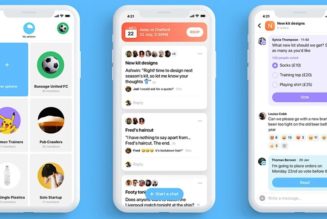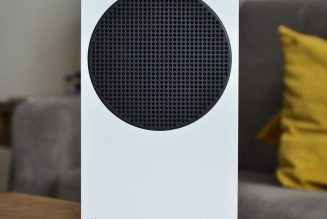Cruise, the self-driving car company affiliated with General Motors and Honda, is testing fully driverless cars, without a human safety driver behind the steering wheel, in San Francisco. The company is among the first to test its driverless vehicles in a dense, complex urban environment.
“Getting to driverless in SF took more than five years of rigorous testing, over 2 million miles of driving in one of the craziest driving environments, together with hard work from a huge team of dedicated engineers and others across Cruise, as well as at GM,” Cruise CEO Dan Ammann said in a call with reporters. “And not to mention several billion dollars of investment along the way.”
:no_upscale()/cdn.vox-cdn.com/uploads/chorus_asset/file/22157426/Cruise_Going_Driverless_By_The_Numbers.jpg)
To be sure, the vehicles are not completely alone in the wilderness. In a video released by the company, a Cruise employee is seen in the passenger seat while the car drives itself through the darkened streets of San Francisco. Cruise’s vehicles all have an emergency switch in the center channel near the gear shift in case something goes wrong, and they are also monitored remotely by Cruise employees. Asked whether remote operators are able to take control of the vehicle when needed, Ammann declined to answer.
“The safety operator has the ability to bring the vehicle to a stop in the event of an emergency, but does not have access to standard driver controls,” a spokesperson said. “Eventually, this safety operator will be fully removed.”
Cruise was approved to test fully driverless cars (also called Level 4 in industry parlance) in California on October 15th. According to the DMV, Cruise can only test five driverless vehicles “on specified streets within San Francisco.” The vehicles are not allowed to exceed 30 mph, and can’t operate during heavy fog or heavy rain.
Cruise was the fifth company to receive a driverless permit from the state’s Department of Motor Vehicles, the others being Waymo, Nuro, Zoox, and AutoX. Currently, 60 companies have an active permit to test autonomous vehicles with a safety driver in California.
This is the first time that Cruise has demonstrated its Level 4 capabilities. Its main rival, Google spinoff Waymo, has been testing its fully driverless vehicles in Phoenix for over a year, and recently announced it would be making its Level 4 taxi service available to more customers. Cruise doesn’t allow non-employees to ride in its vehicles. The company had planned to launch a commercial taxi service in 2019 but failed to do so, and it has yet to publicly commit to a new date.
Last year, Cruise unveiled the Cruise Origin, a fully driverless prototype vehicle without a steering wheel, pedals, or any controls typically associated with human driving. The vehicle, which will go into production at GM’s Detroit-Hamtramck plant, is built to be shared by multiple passengers — though it remains to be seen how much appetite there is for shared vehicles in a post-COVID world. Cruise recently unveiled a new set of safety protocols intended to keep people socially distant during trips and the vehicle sanitized between fares.
The news that the company will be relying less on its operations staff during its testing comes after Cruise’s safety drivers have complained about a lack of safety standards during the pandemic and subsequent wildfires. They accuse Cruise of deploying its self-driving cars during the spring lockdown in defiance of public health orders banning nonessential travel. And they say Cruise isn’t doing enough to keep them safe during these public health crises.










